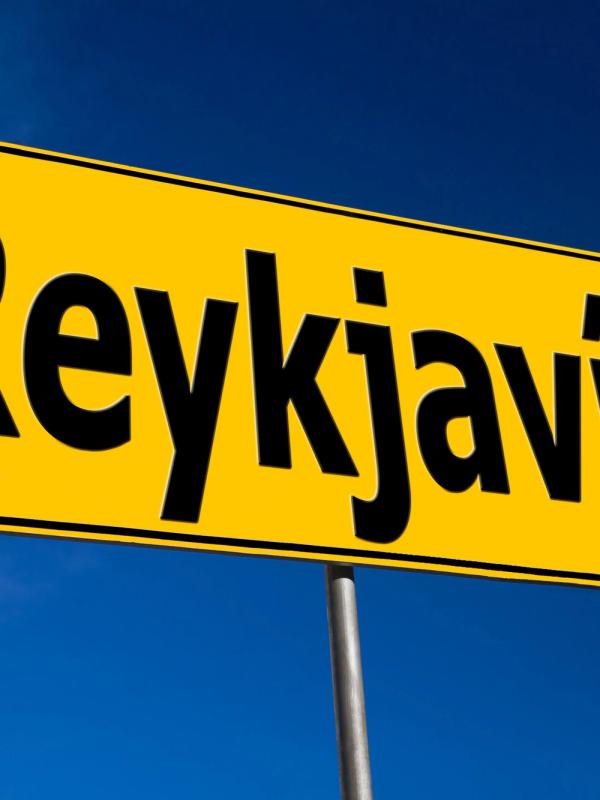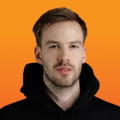
Reykjavik Pronunciation: Learn to Say it Like a Local
The capital of Iceland, Reykjavik, is a well-known city around the world. In recent years, the country’s popularity among tourists has increased continuously, and so has happened with the city. If you’re planning a trip to Iceland, it’s quite likely that you’ll spend some time in the capital. Reykjavik is a fantastic place, with many beautiful places, a vibrant cultural scene, and many options for leisure. Its blend of cosmopolitan city and beautiful natural surroundings makes it a must-see destination.
On the other hand, the name has turned out to be incredibly challenging for non-Icelandic speakers. Many visitors struggle with it or are not sure of how to pronounce it, trying to avoid doing so. We understand it can be tricky, but with a bit of practice and understanding of Icelandic sounds, you'll be saying it like a local in no time. Let’s break it down and make it easy!
How to Pronounce Reykjavik?
At first glance, "Reykjavik" might look intimidating with its combination of letters and foreign structure for those unfamiliar with the local language. The good news is that once you understand the basics of Icelandic pronunciation, it’s much simpler than it looks.
Let’s break it into syllables:
Reyk-ja-vik
- Reyk: Pronounced like “rake,” as in the tool you use in the garden. The "ey" sound is similar to the English long "a" (as in "day").
- Ja: This part is pronounced like "ya." The same way you would pronounce the beginning of “Jack," but a little quicker and softer.
- Vik: The "v" sound is soft, and the "ik" is pronounced like "ick" in "quick."
Now, put it together: Reyk-ya-vik. If you say it at a moderate pace, it will flow naturally, and you’ll sound close to a native speaker.

What Does Reykjavik Mean?
Reykjavik has an interesting meaning rooted in Iceland's unique geography and volcanic activity. The name Reykjavik comes from two Icelandic words: "Reykja" and "vík."
Reykja means "smoke" or "steam," and it refers to the steam rising from geothermal hot springs that are common in the area.
Vík means "bay."
So, Reykjavik literally translates to "Bay of Smokes" or "Smoky Bay." When the first Norse settlers arrived, they saw steam rising from the hot springs, which gave the place this quite descriptive name.

Tricks to Pronounce Things in Icelandic
Icelandic can be challenging, but there are some general tricks that can help you manage:
- Soften your consonants: Many Icelandic consonants, like “v” and “f,” are softer than in English. For instance, "v" can sound like a cross between "v" and "w."
- Emphasize the first syllable: In Icelandic, the stress is almost always placed on the first syllable of a word. So, when in doubt, put the emphasis at the beginning.
- Practice slowly: Don’t rush your words. Icelandic can be a bit of a tongue twister, so start slow and gradually speed up as you feel more comfortable.
How Are Icelandic Special Symbols Pronounced?
One thing that sets Icelandic apart from other languages is its use of special characters that don’t exist in English. These letters can make Icelandic words look extra confusing, but here’s a quick guide to the most common ones you’ll encounter:
Þ or þ (Þorn)
Pronounced like the "th" in "think." So, if you see this letter at the start of a word, think of it as a soft "th" sound.
Ð or ð (Eth)
This letter is pronounced like the "th" in "them." It’s softer than Þ and is usually found in the middle or end of words.
Æ or æ
This is pronounced like the English "eye." It’s a combination of "a" and "e," but just think of it as sounding like "I."
Ö or ö
The closest English comparison would be the "u" in "fur." It’s a sound you’ll often hear in European languages like German and Swedish.
How to Pronounce Other Places in Iceland?
Now that you have Reykjavik under control, let’s take a look at other popular places in Iceland:
- Akureyri: Pronounced Ah-kur-ay-ree. Stress the first syllable.
- Húsavík: Pronounced Hoos-ah-vik. Again, a soft “v” sound and emphasis on the first syllable.
- Vatnajökull: Pronounce it as Vah-tna-yur-kutl. The “ll” sound is tricky – it’s more of a “tl” sound.
- Goðafoss: Pronounced Go-tha-foss. As we explained before, the "ð" is pronounced like the "th" in "them."
- Þingvellir: Pronounced Thing-vet-lir. The "Þ" is a "th" sound, as in "think," and the double "ll" sounds like a soft "tl."
- Snæfellsjökull: You get bonus points if you get this one right. It’s pronounced Sny-fells-yur-kutl. The "æ" is like the "eye" in "I," and again, the double "ll" gives you that "tl" sound.
Conclusion
Learning how to pronounce Reykjavik might feel like a challenge at first, but it’s actually quite simple once you break it down into manageable parts. Icelandic can be tricky, but with the tips given in this little guide, you can get a better grasp of it.
Locals will appreciate your effort no matter how good you sound. Happy practicing, and enjoy your trip to Reykjavik—now that you know how to say it!

